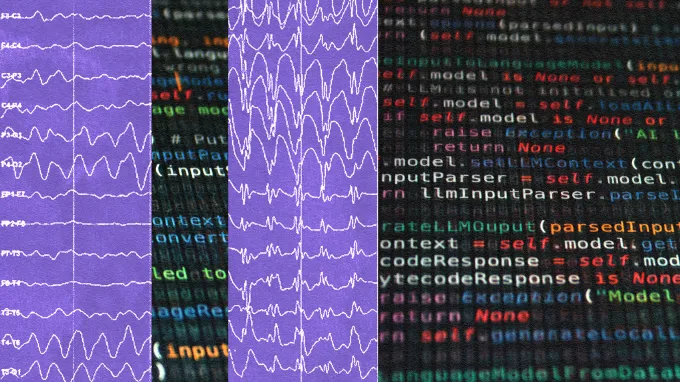The AI is not emphatic if we talk about tests that measure the AI's ability to be emphatic. The AI might look very emphatic, and when we cry, the AI can ask what is the problem. The emphatic AI makes that thing like this: the AI sees the person using the camera. And then it finds things like tears. That launches an algorithm. That makes the AI ask if there is some kind of problem. All reactions and things that the AI asks. Are connected with its program.
The algorithm is the thing that determines the reaction. And the AI can search the voice or observe the email and other communications. And it can search words. That connected with the emotional reactions. When somebody has a baby, the AI can congratulate that person and then ask who will come to godfather. The AI can seem very emphatic human, but all those reactions are in its algorithms. This thing is called pseudohuman.
The 2D virtual brain structure might look like this: The brain shell, diencephalon, and lower brain structures are like in the tape. Information travels back and forth in that structure. And there is an algorithm that selects what things the system must store in the memory.
Even the best AIs still don't reach the human level of intelligence and creativity. Creative AIs cannot think. They need information so that they reconnect in a new way. For that process. They need to put the information that they have into pieces. The information is in databases that act like CCD camera pixels. Those pixels or bites of information form an entirety. And reordering those data pixels makes it possible to morph information.
They need databases, and then they just interconnect data from the database. But otherwise, human brains do not produce things from nothingness. They need data or information. They connect and reconnect when they create new things as well as computers require.
But to make even a theoretical program that can be as creative as humans requires complicated data structures. It also requires an enormous number of databases. And similar flexibility with brains. The database structure requires 300 billion databases. That operating a similar way as neurons.
Another very big problem is the information that the AI requires. Our brain records information all the time. And brains store lots of that information automatically. When brains create new synthetic images or otherways saying, they make new data formations. They use all the data mass that they store in the brain. This means that we must copy the process that brains use when they store something in memories.
https://bigthink.com/13-8/is-life-comptuable/
https://scitechdaily.com/new-study-reveals-shocking-gaps-in-ai-empathy/




No comments:
Post a Comment
Note: Only a member of this blog may post a comment.